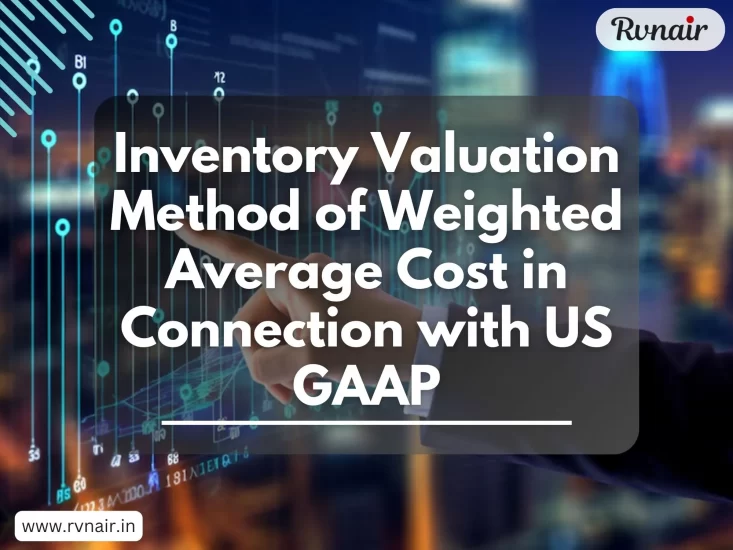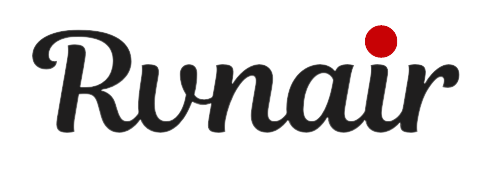
The Weighted Average Cost (WAC) method is a widely used inventory valuation approach that calculates the cost of inventory based on the average cost of all similar items available during a specific period. This method is recognized under US Generally Accepted Accounting Principles (GAAP) and provides a balanced approach to inventory costing by smoothing out price fluctuations. This article explores the principles, application, advantages, and implications of using the Weighted Average Cost method under US GAAP.
Key Concepts of Weighted Average Cost
Definition of Weighted Average Cost:
- Concept: The Weighted Average Cost method calculates the average cost of inventory by dividing the total cost of goods available for sale by the total number of units available.
- Objective: To spread the cost of inventory evenly over all units, reducing the impact of price volatility on financial statements.
Purpose of Weighted Average Cost:
- Cost Smoothing: Provides a consistent and averaged cost of inventory, helping to stabilize the impact of price changes on financial performance.
- Simplification: Simplifies inventory management and cost tracking by averaging costs, making it easier to administer compared to other methods like LIFO or FIFO.
Application of Weighted Average Cost Under US GAAP
Calculating Weighted Average Cost:
- Periodic Weighted Average: Calculates the average cost at the end of a specific accounting period (e.g., monthly, quarterly).
- Perpetual Weighted Average: Updates the average cost after each inventory purchase, providing a continuously adjusted average cost.
Formula for Weighted Average Cost:
- Weighted Average Cost Formula:
- Weighted Average Cost per Unit = [ Total Cost of Goods Available for Sale / Total Units Available for Sale ]
- Example Calculation:
- Purchases:
- January 1: 100 units @ $10 each = $1,000
- February 1: 150 units @ $12 each = $1,800
- March 1: 200 units @ $15 each = $3,000
- Total: 450 units for $5,800
- Weighted Average Cost:
- Weighted Average Cost per Unit = 5,800 / 450 = $12.89
- Sales: If 200 units are sold, the COGS is calculated as:
- 200 × $12.89 = $2,578
- Purchases:
Impact on Financial Statements:
- Balance Sheet: Inventory is reported at the average cost, reflecting a blend of all inventory costs.
- Income Statement: Cost of goods sold (COGS) is calculated based on the average cost, which helps in stabilizing reported profits by minimizing the effect of cost fluctuations.
Advantages of Using Weighted Average Cost
Cost Smoothing:
- Price Stability: By averaging costs, this method reduces the impact of price volatility on inventory valuation and financial results.
Simplified Inventory Management:
- Ease of Calculation: The Weighted Average Cost method simplifies inventory accounting and management compared to methods like LIFO, which require detailed tracking of individual inventory layers.
Fair and Balanced Cost Representation:
- Even Spread: Provides a fair representation of inventory costs by averaging them over all units, which can be particularly useful in industries with frequent price changes.
Compliance with US GAAP:
- Acceptability: Recognized under US GAAP, making it a compliant and widely accepted method for inventory valuation.
Challenges and Considerations with Weighted Average Cost
Lag in Reflecting Current Costs:
- Delayed Cost Adjustment: The averaging process may delay the reflection of recent cost changes in the financial statements, potentially leading to outdated cost information during periods of rapid price changes.
Not Reflective of Actual Cost Flow:
- Cost Matching Issues: The method may not accurately match the physical flow of goods, especially in industries where specific inventory costing (like FIFO or LIFO) better represents the actual movement of goods.
Impact on Financial Ratios:
- Blended Costs: Financial ratios that depend on inventory values, such as inventory turnover and gross profit margin, may be less sensitive to recent cost changes due to the averaging effect.
Disclosure Requirements Under US GAAP
Inventory Valuation Method:
- Disclosure: Companies must disclose the inventory valuation method used, including Weighted Average Cost, in their financial statements.
Impact on Financial Position:
- Financial Notes: Disclosures should include information on how the use of the Weighted Average Cost method affects the financial position and results of operations.
Inventory Details:
- Breakdown: Companies must provide detailed information regarding the composition and valuation of inventory, such as raw materials, work-in-progress, and finished goods.
Comparison with Other Inventory Methods
Weighted Average Cost vs. FIFO:
- FIFO Overview: First-In, First-Out (FIFO) assumes that the oldest inventory items are sold first.
- Comparison: FIFO results in lower COGS and higher net income in periods of rising prices, while Weighted Average Cost smooths out cost fluctuations, leading to more stable but potentially lower profits.
Weighted Average Cost vs. LIFO:
- LIFO Overview: Last-In, First-Out (LIFO) assumes that the most recently purchased inventory items are sold first.
- Comparison: LIFO results in higher COGS and lower taxable income in inflationary periods, whereas Weighted Average Cost averages out costs, leading to less fluctuation in reported profits.
Industry-Specific Considerations
Manufacturing:
- Complex Cost Structures: The Weighted Average Cost method is beneficial for manufacturers with complex cost structures and frequent price changes, as it simplifies cost allocation and reporting.
Retail:
- Frequent Price Changes: Retailers often use Weighted Average Cost to manage inventory costs efficiently, especially in environments with frequent changes in purchase costs.
Commodities:
- Volatile Prices: Companies dealing in commodities with volatile prices may prefer Weighted Average Cost to stabilize cost reporting and mitigate the impact of price swings on financial statements.
Case Study: Weighted Average Cost in Practice
Example Company:
- Scenario: A manufacturing company, ManuCo, uses Weighted Average Cost for inventory accounting. The company operates in an environment with fluctuating raw material costs.
- Application: ManuCo purchases raw materials at varying costs throughout the year and calculates the average cost to value its inventory.
- Outcome: ManuCo reports stable COGS and inventory values, reducing the impact of price fluctuations on its financial statements.
Financial Analysis:
- Profitability Impact: ManuCo’s gross profit margin remains consistent due to the averaged cost of inventory.
- Balance Sheet Effect: The company’s ending inventory is valued at a balanced cost, reflecting the overall trend in raw material prices rather than specific cost spikes.
Regulatory and Compliance Considerations
Consistency Principle:
- Requirement: US GAAP requires that companies consistently apply their chosen inventory valuation method from one period to another. Any changes in the method must be justified and disclosed.
Lower of Cost or Market (LCM):
- Valuation Rule: Inventory must be reported at the lower of cost or market value, where the market value is generally the replacement cost limited by a ceiling of net realizable value and a floor of net realizable value less a normal profit margin.
Impairment Considerations:
- Write-Downs: If the market value of inventory falls below its weighted average cost, companies must write down the inventory to reflect the lower value, impacting COGS and net income.
Conclusion
The Weighted Average Cost method provides a practical and balanced approach to inventory valuation under US GAAP, offering stability and simplicity in cost management. It is particularly effective in environments with frequent price fluctuations, as it smooths out cost impacts on financial statements. However, companies must consider the potential delays in reflecting current costs and the implications for financial ratios and cost matching. Proper disclosure and consistent application are essential to ensure compliance with US GAAP and provide clear, reliable financial reporting.
